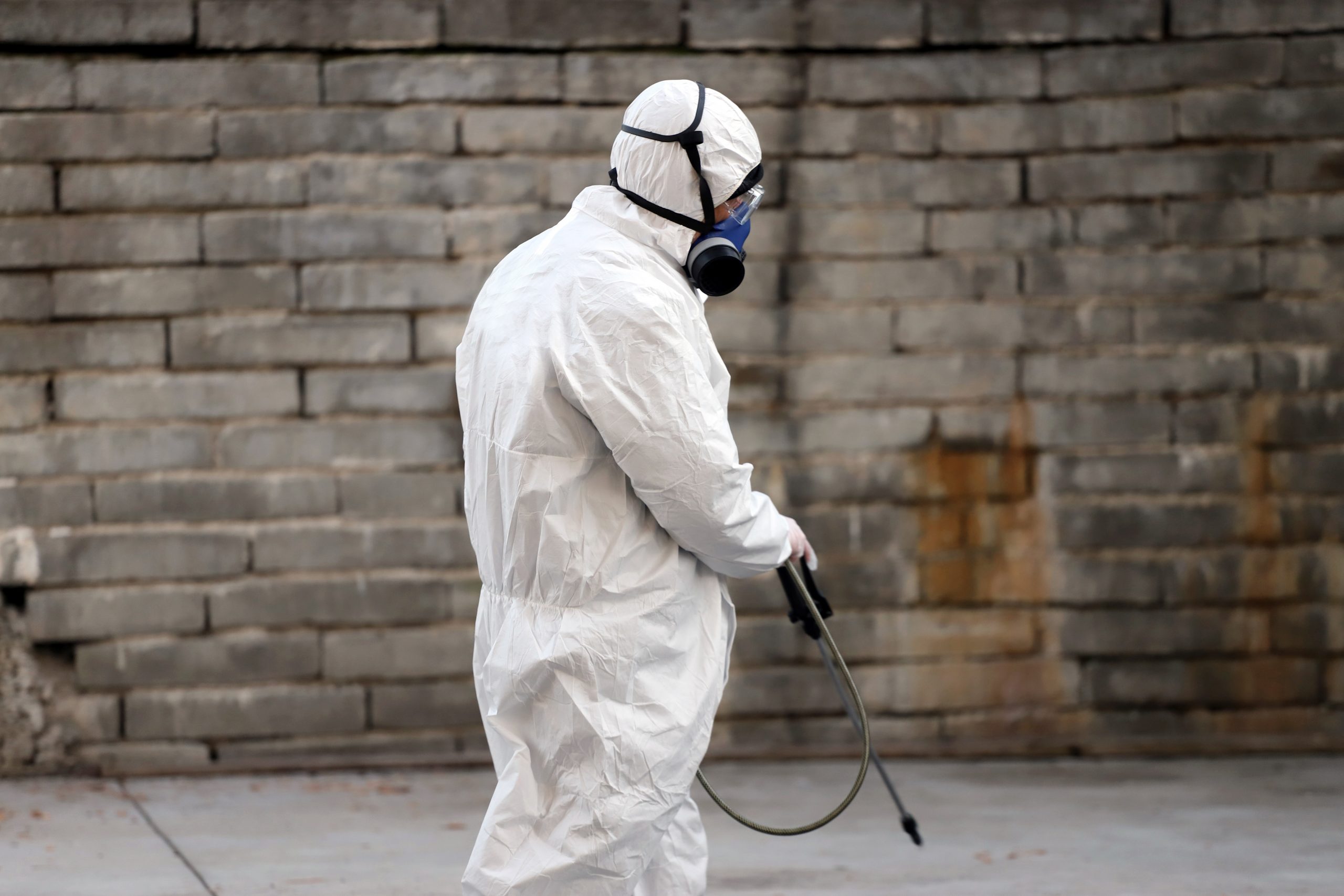Waste & material traceability solution for sustainable facilities

All people around the world have the right to be protected by health care services with health care activities. Those activities prevent people from being sick and save lives but they also generate medical waste. Of the total amount of medical waste generated, 85% is non-hazardous waste whereas 15% is considered hazardous waste.
Medical waste is broadly classified as any item that comes into contact with body fluids. It can be generated at health care facilities such as hospitals and dental practices, laboratories and research centers, blood banks, and collection services.
According to The World Health Organization, there are eight different classifications for health-care waste and they are as follow:
Waste contaminated with blood and other bodily fluids such as samples for diagnosis, cultures, and stocks of infectious agents like autopsies waste and infected animals and patients’ swabs, bandages, and disposable devices;
Human tissues, organs or fluids, body parts, and contaminated animal carcasses;
Syringes, needles, disposable scalpels, and blades, etc.
Examples of chemical waste are solvents and reagents used for laboratory preparations, disinfectants, sterilants;
Expired, unused and contaminated drugs and vaccines;
Waste containing highly hazardous substances such as cancer treatment drugs;
Such as, products contaminated by radionuclides including radioactive diagnostic material or radiotherapeutic materials like iodine treatment,
Waste that does not pose any particular biological, chemical, radioactive, or physical hazard.
All types of medical waste should be disposed of but regulated medical waste which may infect people when it is exposed poses a risk to both human health so taking special precautions are necessary for the process of disposal. Regulated waste can be briefly categorized as pathological waste that contains human tissues, laboratory cultures containing high concentrations of infectious materials, sharps such as needles and syringes, and all the other waste that are hazardous.
From each individual to bigger health facilities like hospitals, medical waste is used in order to treat people. That being the case, the question that appears in mind is “What happens to medical waste after use?”. They are disposed of and there are multiple ways to complete this process for each type of waste in the most suitable form.
To sterile the waste completely one method is Incineration in other words burning the waste. It was the most popular method for hospitals to dispose of their medical waste but it appeared the burning process leads to an emission stream that included toxic substances for humans like mercury, dioxins, and others. In addition to toxic substances, burning large quantities of fuel results in the generation of excessive greenhouse gases. Some of the facilities currently use this method by either shipping their waste to large incinerators or combine other technologies with incinerations to lessen its dangerous effects.
The thermal treatment method is done by using the high water content of medical waste. Autoclaves are the most common way to use thermal treatment, it is a pressure chamber that operates with high-pressure steam to kill all the microorganisms that medical waste has. Another tool for thermal treatment is microwaving. They provide high-intensity radio waves in order to give enough energy to sterilize medical waste. Both of the tools are used for regulated medical waste such as pathological waste and laboratory cultures.
Chemical treatment is mostly used for the disposal of small quantities of waste. The first substance that is used in the treatment is chlorine. The compound is highly cheap and effective. Chlorine compounds work by “oxidizing” in order to render the waste noninfectious. Moreover, alkaline agents are also used in chemical treatment as in the forms of either corrosive or milder form. Both chlorine and alkaline agents can cause risks when it is exposed.
At Evreka, we offer you a platform that eases the medical waste management of your facility. Discover our solutions and be AlwaysBetter with us!